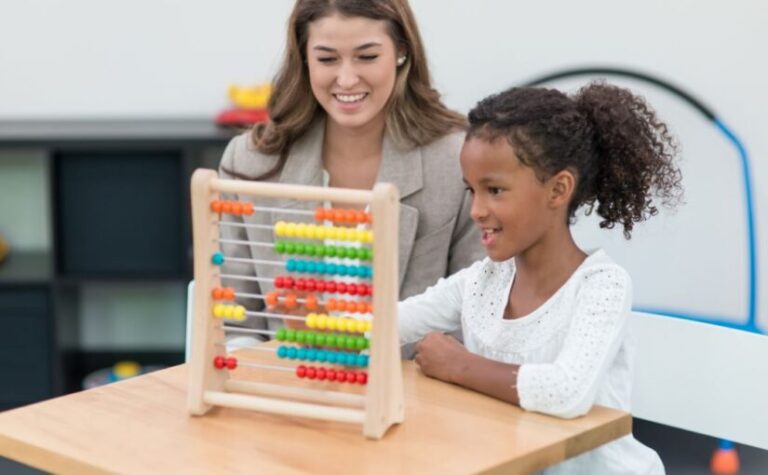By Nazia Islam, LPC-S, RPT
I love working with children, observing their creativity, the way they see the world, and resiliency. Prior to becoming a Registered Play Therapist I would use talk therapy and my rapport with children to see improvements. However, there were times I would hit a wall. The wall I was hitting was that children do not have the same communication style as adults. Children use play to communicate, process new information, learn, problem solve, and express themselves. The more I started utilizing play in the therapy room, the more it filled in the gaps to communication. Toys became the children’s words; play is the natural language for children. I found that in play therapy rapport building became effortless and the barriers to communication were gone.
Intrigued? Let’s explore some frequently asked questions or concerns by parents when play therapy is introduced in the counseling sessions.
What is the rationale for play therapy?
Play is an empirically supported and researched therapeutic approach that has been found to help with a number of issues between the ages of three to twelve years old (and higher.) Children’s cognitive abilities are greater than their ability to communicate, play allows a conduit to a child’s inner world. When asking a child to engage in talk therapy, adults are asking children to meet them where the adult is, alternatively in play therapy the adult is able to meet the child in their world. The use of toys allows children to feel safe by transferring their fears onto the toys. THey can play out their fantasies, fears, anxieties and trauma without any guilt or worries of consequences, and symbolic play will have them find inner resolve, cope with major life changes and problem solve.
What kind of problems can be addressed with play therapy?
Studies have found that Play Therapy can help with disruptive behaviors, interpersonal relationships, academic and language concerns, loss and bereavement, aggression, emotional disorders, trauma and adapt to medical concerns/impairments. “…Case studies suggest numerous benefits of play therapy, including increased resiliency, mastery, competence, self-concept, self-esteem, and self-regulation (Ray & McCullough, 2015).”
How is play therapy different from playing at home?
Play is an important part of day to day life, Plato says that “ You can learn more about a person in an hour of play than you can with a year of conversations.” It is important to have play in your day to day life for adults and children. It allows us to de-stress, fosters creativity, emotional and cognitive growth and growth in confidence. Play therapy varies from at home play because it is a systematic approach, conducted by a trained professional to observe behavior and draw conclusions. Through play therapy, therapists can teach children emotional skills and correct maladaptive behaviors. Play Therapy also utilizes the relationship between the therapist and the child to encourage the child to engage in play to help solve the presenting problem.
How long does it take?
The Association for Play Therapy states that it takes about 20 sessions to see improvements, however it is important to keep in mind that each child is unique and it may be shorter or longer depending on the child and concerns they are coming in with. Each session will last from 30 to 50 sessions. I typically like to reserve time before and after to check-in with parents.
What kind of toys will be used?
Play therapists will have different categories of toys stocked in their playroom. Some of the categories are real life- nurturing, acting-out, aggressive, creative expression, and directive toys. Real life, nurturing toys include medical kits, doll houses, baby dolls, cash registers, food, kitchen, animals, cars, trucks etc. Some aggressive toys the play therapist may have are knives, swords, bobo dolls, guns, and army soldiers. Creative expressions include play doh, dress, paint, markers and puppets. Lastly, for the older children a playroom may have some directive toys that include boards, books and cards.
References
Pehrsson, D.E., & Aguilera, M.E. (2007). Play Therapy: Overview and Implications for Counselors. Professional Counseling Digest,Vol.((ACAPCD-12). Retrieved August 16, 2020 from
https://www.counseling.org/resources/library/ACA%20Digests/ACAPCD-12.pdf
Ray, D. C, & McCullough, R. (2015; revised 2016). Evidence-based practice statement: Play therapy (Research report). Retrieved from Association for Play Therapy website: http://www.a4pt.org/?page=EvidenceBased
Association for Play Therapy.(n.d). Play Therapy Makes a Difference. Association for Play Therapy United States.
https://www.a4pt.org/page/PTMakesADifference/Play-Therapy-Makes-a-Difference.htm





